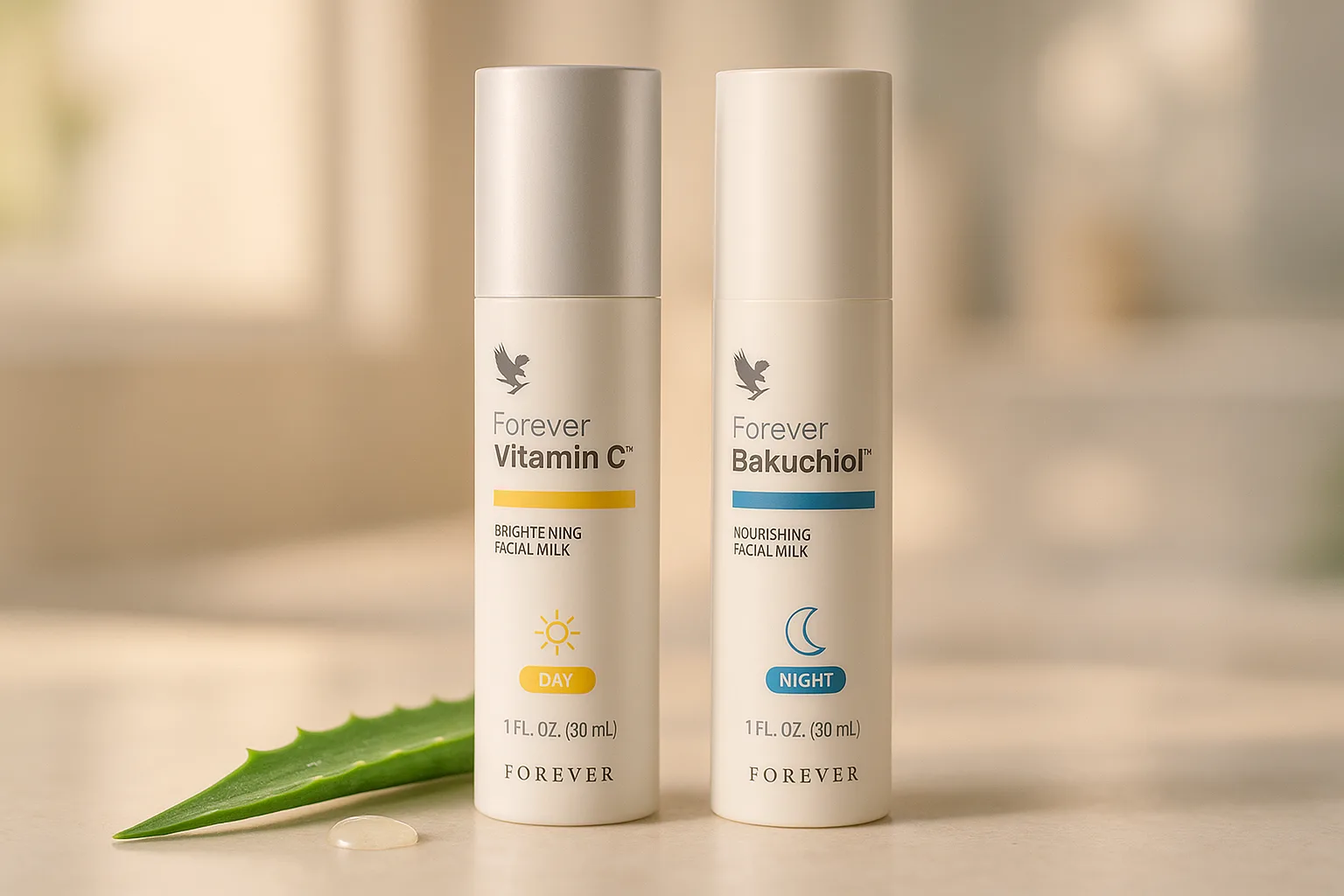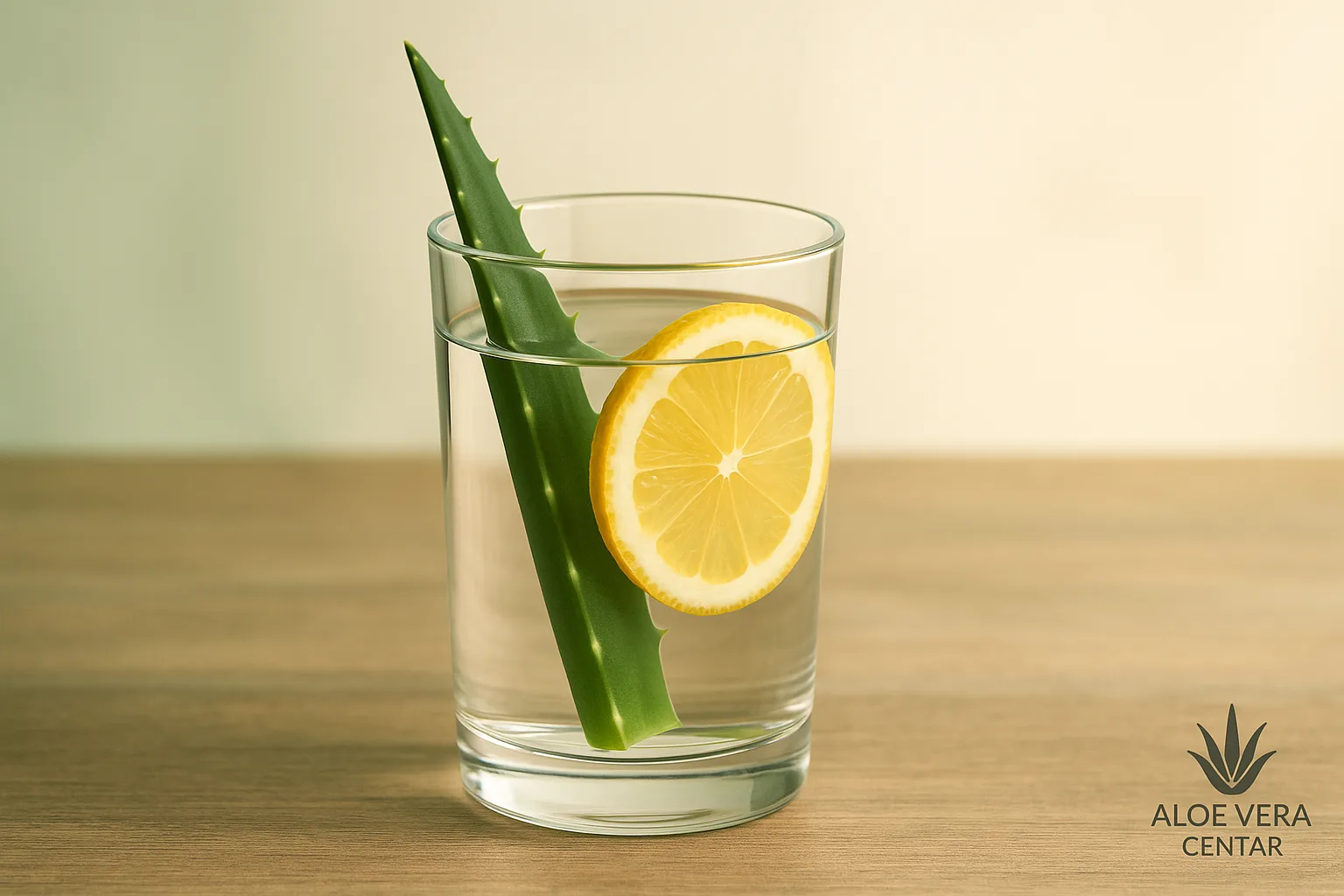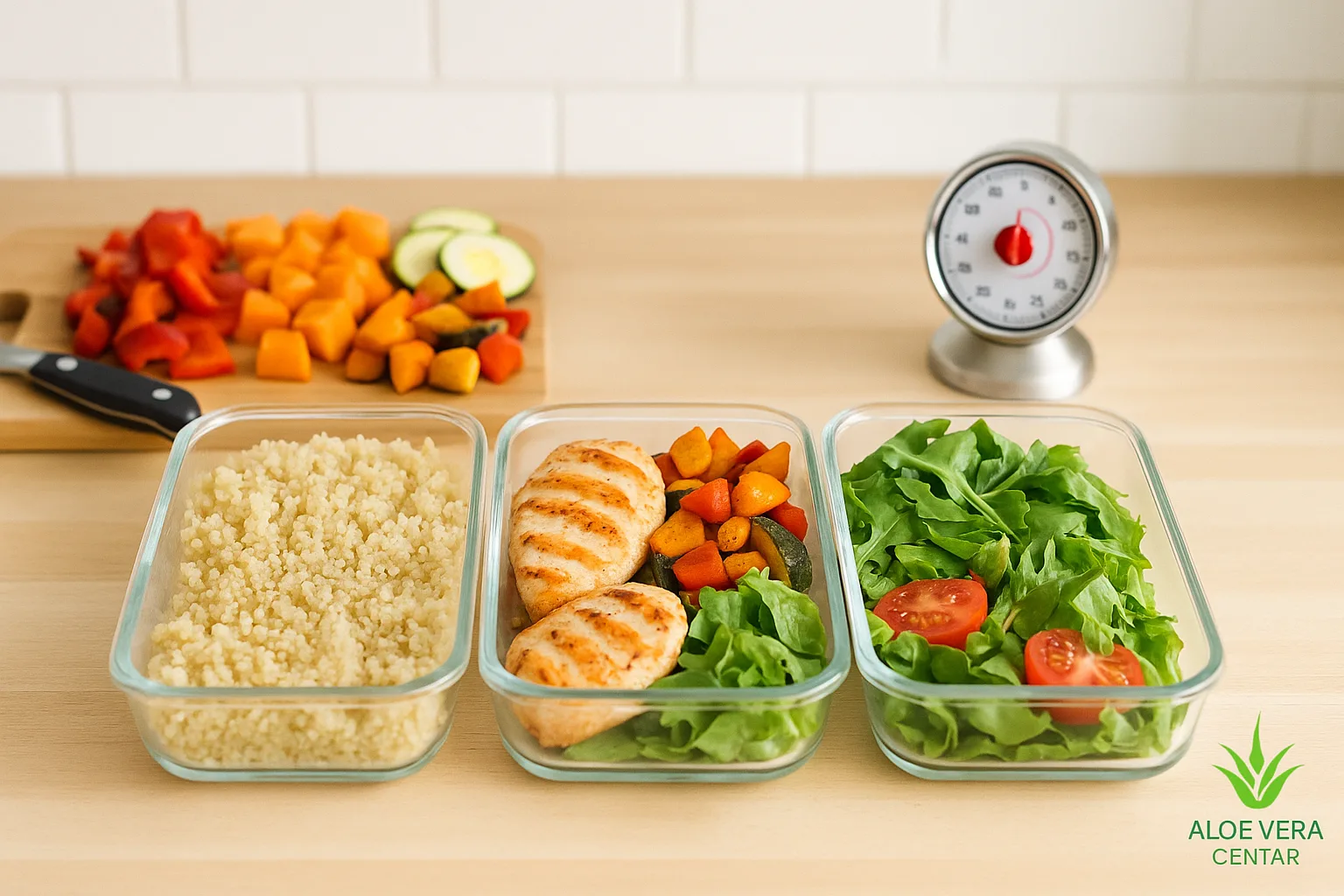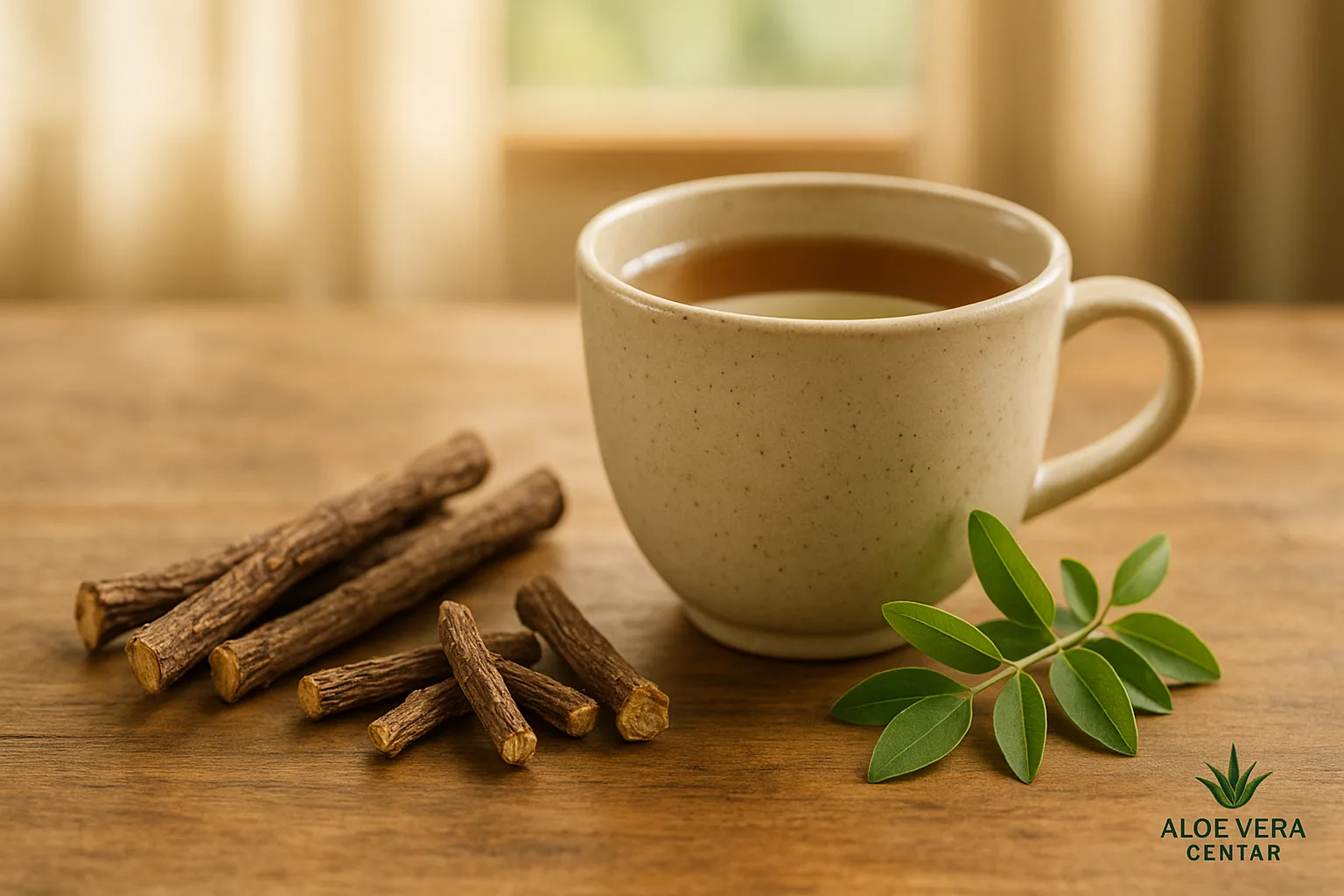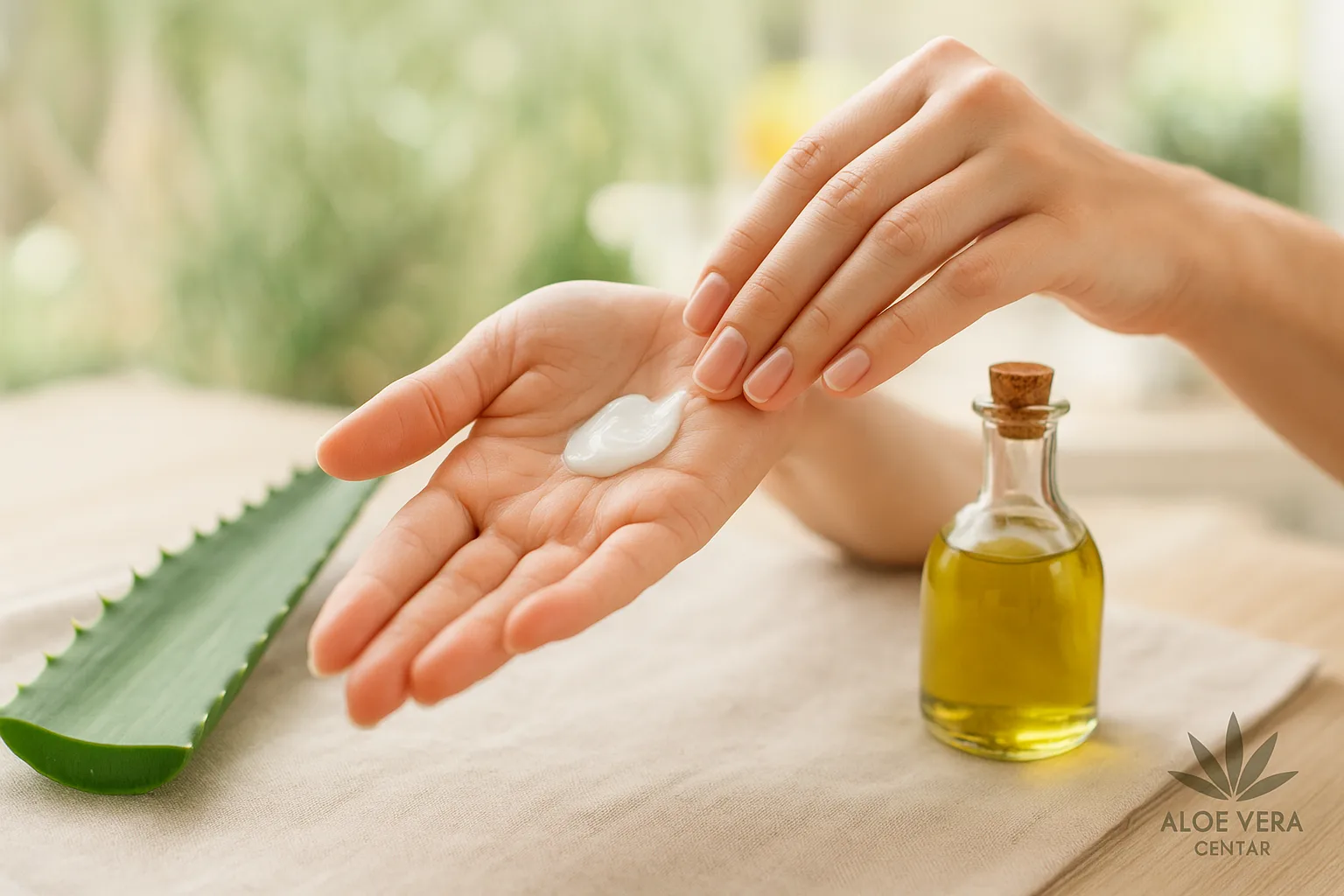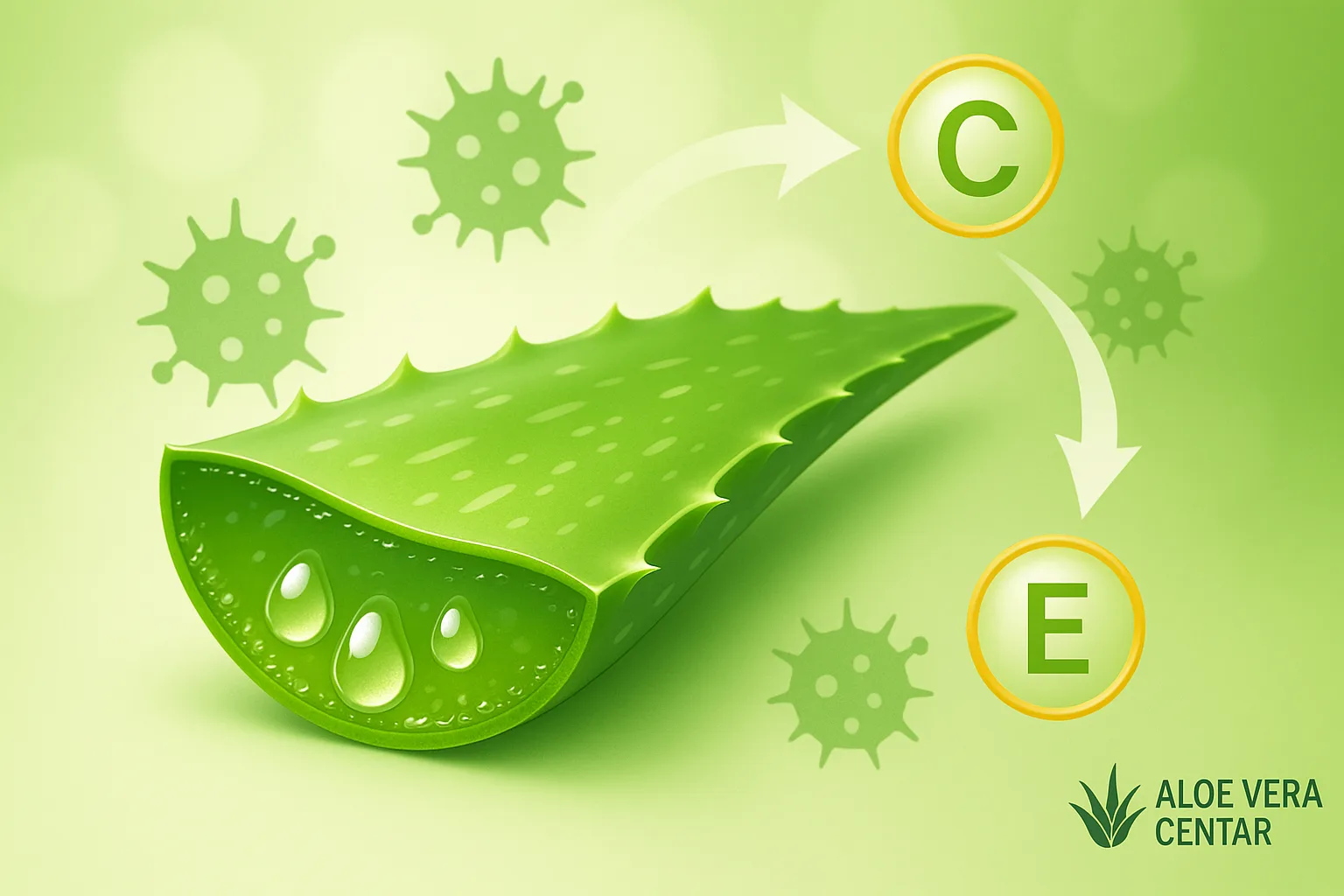
Anti-cellulite Massage with Aloe Vera Gel for Firm Skin
How to “Boost” Anti-Cellulite Massage with Aloe Vera Gel
The battle against cellulite is one of the most common concerns in beauty and body care. Although cellulite is a natural occurrence affecting most women (and some men), many strive for smooth, firm skin. Today, there are various methods and techniques aimed at reducing the visibility of the so-called “orange peel” effect. However, did you know that you can further “enhance” your anti-cellulite massage with aloe vera gel and achieve even better results? In this comprehensive article, we explore all the benefits of aloe vera for skin, how to combine massage techniques with this gel, and which supplements and procedures to include for maximum effect.
You’ll learn how to properly perform anti-cellulite massage, understand the role of diet and exercise, and discover why certain supplements – like those from the Forever Living range – are excellent support in achieving more beautiful, firmer skin. After reading, you’ll have a clearer understanding of how to plan your anti-cellulite routine and which strategies to implement to maintain results long-term.
What Exactly is Cellulite and why Does it Occur?
Cellulite refers to fat deposits that, due to the structure of subcutaneous fat cells and connective tissue, are more commonly visible on thighs, buttocks, abdomen, and upper arms. Factors such as genetic predisposition, hormones, poor diet, and lack of exercise can trigger and increase the visibility of “orange peel” skin.
Cellulite deposits occur due to fluid retention, poor circulation, and slow lymphatic flow. This is precisely why anti-cellulite massage plays an important role – it helps stimulate blood flow, lymph circulation, and “break down” fat deposits, making the skin appear smoother.
However, massage alone is not a “magic wand.” A holistic approach is needed, combining several elements – from diet to skin care. Aloe vera comes as an additional bonus in this context, thanks to its unique properties.
Why Choose Aloe Vera Gel for Anti-Cellulite Massage?
Aloe vera is widely valued for its moisturizing, anti-inflammatory, and regenerative properties. In the context of anti-cellulite massage, aloe vera gel can help on several levels:
- Skin hydration: Well-hydrated skin is more elastic and resilient, which can reduce the visibility of cellulite.
- Better massage “glide”: Unlike traditional oil, the gel provides a refreshing feeling and allows good pressure control during massage.
- Anti-inflammatory action: Where skin is irritated, aloe vera helps calm redness and potential inflammation.
- Better absorption of active ingredients: When combined with other anti-cellulite ingredients (e.g., ivy, coffee, or pepper extracts), aloe vera can help with deeper skin penetration.
Aloe vera contains vitamins (A, C, E, B12), enzymes, minerals, and amino acids, making it a perfect choice for maintaining skin health and elasticity.
How to Prepare Skin before Anti-Cellulite Massage?
Before starting an anti-cellulite massage with aloe vera gel, it’s important to complete preparatory steps for a more successful treatment:
- Shower and warm bath: Warm water helps open pores and soften tissue. This makes skin ready for deeper penetration of aloe vera gel and anti-cellulite creams.
- Gentle exfoliation: Before massage, do a gentle exfoliation (with salt, coffee, or sugar) to remove dead skin cells and stimulate circulation. Exfoliation also improves the absorption of active ingredients.
- Body hydration: Drink a glass of water or an aloe vera drink to support lymph function and toxin removal.
After preparing your skin, you’re ready for the massage treatment. The goal is to “wake up” the surface and subcutaneous layer and then work on the deeper layer where fat cells are located.
Anti-cellulite Massage Techniques with Aloe Vera Gel
While there are several massage styles, here are some of the most popular techniques that are easy to perform at home while delivering visible results.
1. Manual Massage with a Roller or Firm Palm
The simplest option is manual massage with your own palms. Apply a sufficient layer of aloe vera gel to the target area (usually thighs and buttocks) and begin with circular movements.
- Circular movements: Enhance blood flow and warm up tissue.
- Kneading: Similar to kneading dough, helps “break up” fat deposits.
- Gentle skin pinching: This pulls skin away from muscles and promotes faster breakdown of deposits.
If you want additional stimulation, use a massage roller or handheld massager with small balls. These tools can help with uniform and deeper pressure. For that extra “kick,” you can mix aloe vera gel with a few drops of orange or rosemary essential oil, known for promoting circulation.
2. Dry Brushing and Aloe Vera Gel
Dry brushing is a popular technique for improving circulation and exfoliating skin. It’s usually recommended on dry skin before showering, but you can combine it with a small amount of aloe vera gel to make movements gentler and simultaneously hydrate the skin.
- Circles toward the heart: Always brush or massage in the direction of the heart to promote lymphatic drainage.
- Moderate pressure: Balance is needed – too much pressure can irritate the skin, while too little won’t produce results.
After dry brushing or gentle brushing with gel, the skin is ready for stronger anti-cellulite massage, as circulation is already activated and surface dead cells have been removed.
3. “Vacuum” Massage with Cups and Aloe Vera Gel
Silicone or rubber cups create a vacuum on the skin, pulling tissue upward. This method, popularized as “cupping,” promotes circulation and lymphatic drainage, and breaks down fat deposits.
For anti-cellulite massage with aloe vera gel using cups, do the following:
- Apply a thick layer of aloe vera gel to the skin so the cup can glide easily.
- Squeeze the cup, place it on the skin, and release. You should feel a slight “suction” of tissue.
- Gently move the cup in circular or straight movements over the treated area.
- After 5-10 minutes, carefully remove the cup. Some redness may appear, which is a normal sign of increased circulation.
This technique can leave temporary marks or mild bruising, so perform it with caution and never too long in one spot. If you’re a beginner, start with shorter treatments (2-3 minutes) and gradually increase duration.
How to “Boost” the Effect of Aloe Vera Gel?
Although aloe vera is already highly beneficial on its own, there are ways to further “enhance” it for faster and more effective cellulite reduction:
- Adding caffeine: Caffeine promotes fat cell breakdown and improves drainage. Add some ground coffee or concentrated caffeine powder to aloe vera gel.
- Essential oils: Cypress, rosemary, lemon, or orange oils are often used in anti-cellulite preparations as they help with circulation and fat breakdown.
- Thermal effect: Substances like red pepper extract or ginger can warm the skin and further enhance circulation. However, be careful with dosing to avoid irritation.
Of course, always follow your skin’s reactions. If you’re prone to allergies or have sensitive skin, first do a short test on a small area.
The Role of Diet and Exercise in Fighting Cellulite
As effective as anti-cellulite massage with aloe vera gel may be, don’t forget the two key pillars of skin health and beauty – diet and physical activity.
Research indicates that a balanced diet rich in fiber, protein, and healthy fats, combined with regular exercise, promotes fat burning, improves circulation, and reduces fluid retention.
- Diet: Focus on whole foods, avoid excess salt and refined sugars. Add more fruits, vegetables, whole grains, and protein sources (fish, poultry, legumes).
- Exercise: Cardio exercises (running, brisk walking, cycling) are excellent for fat burning, while strength training (squats, lunges) helps strengthen muscles and tighten skin surface.
Don’t forget sufficient water intake. Dehydration slows toxin elimination and makes cellulite more visible.
Dietary Supplements for Additional Support
If you want to target cellulite “from within,” consider choosing quality dietary supplements that can support circulation, connective tissue health, and fat metabolism. Within the Forever Living range, there are products often recommended in anti-cellulite programs:
- Forever Aloe Vera Gel: An aloe vera-based drink that helps with detoxification, better digestion, and body hydration. When the body is cleansed of toxins, skin often regenerates faster.
- Forever Therm: A dietary supplement with green tea and guarana extract that can support metabolism and fat burning.
- Forever Arctic Sea: Omega-3 fatty acids for healthy circulation and better skin tone.
Of course, always consult with a doctor or nutritionist before introducing new dietary supplements, especially if you have certain health conditions. For more information about individual products, visit the official Forever store and get a special discount.
How Long Does it Take to See Results?
One of the most common questions in the fight against cellulite is: “How quickly will I notice a change?” The answer, unfortunately, isn’t straightforward. It depends on:
- Cellulite stage: There are several phases, from barely noticeable “orange peel” to pronounced fat deposits.
- Treatment consistency: Occasional massage once a month won’t give lasting results. Regularity (2-3 times a week or more) is key.
- Dietary and lifestyle habits: If you continue to consume lots of refined sugars and salt and don’t exercise, anti-cellulite massage won’t be enough.
- Hormonal status: Hormones (estrogen, insulin, cortisol) can significantly affect fat distribution and fluid retention.
With consistency, many users notice first changes after 3-4 weeks of regular massages and improved diet. For lasting results, continue with the combined approach.
FAQ (Frequently Asked Questions)
1. Can Anti-Cellulite Massage with Aloe Vera Gel be Painful?
It shouldn’t be extremely painful, but some techniques (like vacuum massage with cups) can cause slight pressure or discomfort, especially with sensitive skin. The key is to adjust the intensity to a level that’s tolerable for you. If you notice severe pain or bruising, reduce the pressure and duration of massage.
2. Is it Necessary to Shower after Anti-Cellulite Massage?
If you’re using mixtures with caffeine, essential oils, or substances that can irritate the skin, you can shower after treatment. However, if you’ve only used pure aloe vera gel, it’s not necessary. In that case, you can let it absorb into the skin for its beneficial ingredients.
3. Can Massage with Aloe Vera Replace Professional Treatments?
Home massage with aloe vera is a very useful addition to your routine, but may not necessarily replace professional treatments (e.g., radiofrequency, endermology). For best results, you can combine both methods, but always consult with an expert.
4. What Time of Day is Best for Anti-Cellulite Massage?
There are no strict rules, but many prefer morning (when the body is “awake” and ready for circulatory stimulation) or evening (to promote toxin flushing during the night). Choose what works better for your daily schedule.
Conclusion
When it comes to anti-cellulite massage with aloe vera gel, we must remember that results come with regularity and a combined approach. Massage alone, even if technically perfect, won’t solve the problem without healthy diet, sufficient fluid intake, exercise, and adequate rest. However, aloe vera gel has undoubtedly proven to be an extremely useful tool for “enhancing” the effects of massage movements – its moisturizing, anti-inflammatory, and regenerative properties make it an ideal companion in the fight against cellulite.
Why not try a massage ritual with aloe vera today and experience fresher, smoother, and more nourished legs? If you need additional inspiration or want to try products that combine aloe vera and anti-cellulite formulas, visit the official Forever store and get a favorable discount. Your skin – and your confidence – will thank you!
This content is not a substitute for professional medical advice. If you have serious health issues or specific questions about your skin condition, consult a qualified physician or cosmetologist.

